© 2024 Tales from Outside the Classroom ● All Rights Reserved
Ideas to help kids to Restate the Question in the Answer

Getting kids to restate the question in the answer is a skill that most teachers expect from their students. It helps to make sure students are writing in complete sentences. It helps students answer the specific question that is asked, as well. In my class, I use the acronym PQA (Put the Question in the Answer). After hearing from teachers from all over, I realized that 1) Many people don’t call restating the question PQA and 2) It’s a struggle for kids all over. Some teachers use TTQA for Turn The Question Around. Others focus on things such as RACE or RAPS, but I save that work for later- after students have a solid foundation of restating the question in their responses. These ideas are how I work on restating the question all year long!
What Does Restate the Question Mean?
Restating the question is just as it sounds- stating the question again. That statement removes the “question word” and sometimes additional, but less important words in the question.
Why teach restating the question?
When students restate the question in their answer, it helps give them a sentence stem to begin their responses. It is often the initial component with a compound or complex sentence. It gives context for the students’ answer. For young students, it also helps ensure they’re writing in complete sentences. Some people view it as unnecessary as it’s something that feels too much like “test prep” because it’s not how we speak naturally. However, I think if we’re not expecting students to respond to oral, academic questions in complete sentences, we’re missing out on valuable opportunities to build their writing skills. If students can’t respond in a complete sentence, they can’t write in a complete sentence. Expecting restated questions, both in classroom dialogue and in writing, helps build the foundations for using non-simple sentences in writing.
Restate the Question Acronyms
As a third grade teacher, I have always started the year, from Day 1, requiring my kids to use PQA to restate the question in their responses. It is a great skill to instill in first and second grades, and can be reinforced and built upon in second and third grades as students work to paragraph responses with text evidence. Do you ever have kids that write a response and you wonder where they are coming from? Or their response doesn’t connect to the question? Restating the question is a great strategy to help that!
Whether you use PQA or TTQA as an acronym to help your students remember to restate the question, I have a poster available for you. I’ve also included those common acronyms for writing paragraph constructed responses. You can download my Restate the Question Acronym Strategy Posters for free.
Restating the Question Orally
Several years ago, I decided to change up the way I introduced restating the question with my kids. I thought it would help kids to see how it works by spending a bit of time focusing on using it in conversation before it was applied in writing. My Kicking off a Great Year unit was an immediate hit in my classroom, and I’ve used it every year since whether I was teaching first, second, or third grade.
I first introduce restating the question during our morning meeting during the first couple days of the school year. I use the question cards including in Kicking off a Great Year. They’re designed for us to get to know each other through questions, while also practicing restating the question in the answer. We do a round of questions each morning during morning meeting. In the beginning, everyone answers the same question so students can continue to hear the sentence stem. After a couple days, students draw a new question to read and answer.
The first set of cards includes both the question and the sentence starter to help students restate the question in the answer. It’s scaffolded to help guide students into understanding how to put the question in their answers. This was especially helpful for first grade, and we spent every day for weeks using these cards.
Some question sets include the response scaffold while others don’t, so we shift to using the ones without depending on student readiness. With third grade, I also use the second set of cards in small groups, so the students practice responding with the question and built a sense of community and knowledge of each other, all while practicing a skill we use all year long. I have found that through this daily practice and expectation of complete sentences, my students do a great job restating the question in their oral responses during class conversations. It really helps me make clear my expectation of responding in complete sentences and it’s a low-stress way to practice right from the start!
We will continue to practice restating the question during our daily morning meeting all year long. Students cannot write what they cannot say orally. Practicing in easy ways through oral language gives students the opportunity to hear from peer models, and practice orally in quick ways. We already do morning meeting so it’s not incorporating something new- just an intentional time during our existing practice. You may be interested in my Building Oral Language through Morning Meeting routine to hear more about why this time is so valuable.
For young students, this daily practice is so valuable! My Question of the Day unit was designed with 1st and 2nd grade students in mind! It’s designed to be done during your daily morning meeting routine, giving students the opportunity to practice restating the question while answering questions about themselves. It intentionally builds from simple questions to questions requiring multi-part responses with conjunctions.
At the beginning of the year, scaffolds are included for student responses when a new question type is included. Once students are comfortable, that scaffold is removed. You can take a closer look at my Question of the Day unit by clicking the link to head to that listing on TpT.
Restating the Question in Written Responses
Another component to the Kicking Off a Great Year unit is the student interview piece. Students are partnered up to ask questions of each other and practice responding, and writing, in complete sentences while restating the question. The students get to practice valuable skills they’ll use all year long, while also truly getting to know a classmate. Because the interviews are done orally, this gives students the opportunity to practice writing in complete sentences while restating the question, without a text. It’s a great segue between both skills.
The interview pages include a variety of lines and scaffolds so you can choose the right fit for your students. As we’re working to get to know one another, this is a great activity!
Some interview sheets are also provided for the very beginning of first grade where students only fill in the answer and then trace the rest. This helps students learn how to structure a sentence in PQA while also giving them the opportunity to also work on sound spelling.
I also have individual About Me pages for students, giving you the opportunity to incorporate writing practice without texts. For young students, the response stem is included to support their work.
You can purchase my Kicking Off a Great Year unit by clicking the image below to head to TpT.
One of the things that has continued to surprise me as a teacher, is the amount of comprehension work that is multiple choice and the amount that is open ended. While I’ve seen things improve over the last several years, I used to only see multiple choice practice in some curriculums! I think it’s critical for students to practice writing complete sentences responses to comprehension questions. I believe it lays the foundation for the work they’ll do once they’re working on writing paragraphs with text evidence support. Otherwise, we’re asking the kids to make too big of a jump in those middle elementary years.
Because my reading curriculums never seemed to have any, or enough, practice writing responses to comprehension questions, I made my own.
I created these half-sheet versions with 1st graders in mind. When I taught 1st grade, we would do these about once a week during our small groups. We practiced restating the question and going back into the text to find evidence proving our answer. This is in addition to our typical practice based on our curriculum maps since that doesn’t have frequent opportunities to write in sentences. Writing in complete sentences while restating the question in 1st grade is valuable practice that sets the stage for longer constructed responses beginning in 2nd and 3rd grades.
I’ve continued to use these same sheets with 2nd and 3rd grade students as needed. For some of my students that struggle with decoding text, it allows us to focus on restating the question in our written responses. You can take a closer look at my 1st Grade Restate the Question Reading Passages and Comprehension Questions to download a few free pages.
I also created a set with 2nd graders in mind. Each of the passages is about a half page with the rest of the page for the questions and space for written responses. The questions spiral through both literal and inferential questions with both fiction and informational texts. Some of the pages also include non-fiction text features (captions) while some pages are only the text-feature (table of contents, tables, etc.). I also have used these within my small groups, but I also assign them for independent practice during the day and as homework. One reason is to see if students are applying the strategies we practice, like using PQA and underlining/highlighting their evidence. While the texts are simple, I’ve found this to also be good practice for my 3rd grade students. While it’s obviously not to the rigors of the 3rd grade standards, it helps to reinforce writing complete sentences while restating the question.
I have 2 different sets of the 2nd grade level. This allows me to have enough to use throughout the year. Between the two sets, I can select specific ones based on the skills I’m looking to practice. You can click on either cover to check them out.
There are 4 free pages in the Preview file. This lets you get a feel for the set and try them out with your kids. Click on either cover to download the free pages and try them out for yourself.
Each of these resources is included in my Restate the Question Practice Bundle. It includes the acronym strategy posters, the Kicking Off a Great Year unit that’s perfect during back to school, Question of the Day for your morning meeting, and all 3 sets of the 1st and 2nd grade Restate the Question reading comprehension. By purchasing the bundle, you save over 20% on purchasing each item on its own.
For some students, you may find that they struggle to answer the questions that are asked because they struggle to understand the question. I have had several students over the years that have benefitted from explicit instruction with the “W-Question words”. I created a reference page we use together during small groups to help reinforce responses. This is a great tool during oral and written questioning.
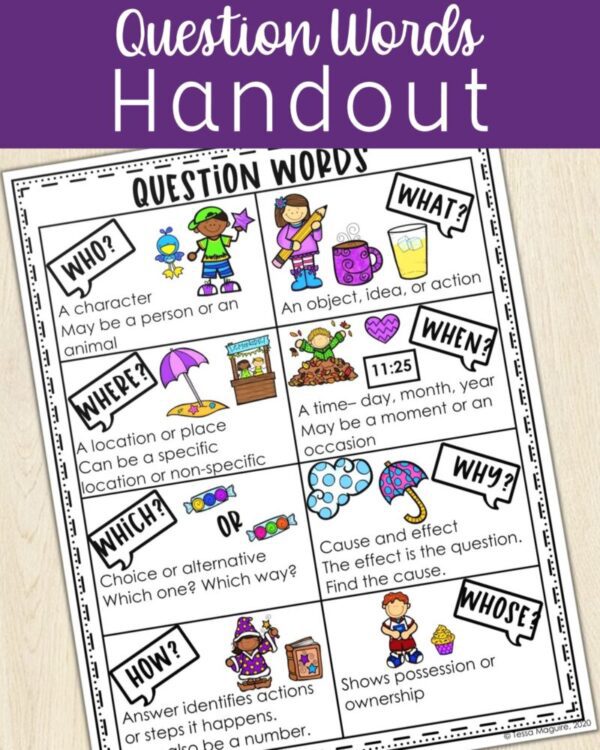
You can download this free Question Words Handout by filling out the form below. You’ll receive the link in your email confirmation.
Newsletter
Sign up to receive your free Questions Words handout! After confirming your email, you’ll receive the file and be signed up for my weekly newsletter.
Thank you!
You have successfully joined our subscriber list.
.
Constructed Responses
With my third graders (and it’s applicable for 4th & 5th too) we continue by applying our restating the question skills with much more complex texts and more in-depth responses. We spend the year building strong paragraph responses with strong focus statements, while restating the question, and defending our answer with text evidence. That text complexity is crucial leading into our state testing. We apply this skill using my Biographies of African-Americans set during January and February. The students learn about important people in our history but really work to answer constructed response and extended response question using textual evidence. It’s also perfect for Black History Month.
You can get a feel for this unit by trying out my FREE Dr. Martin Luther King, Jr. Biography & Constructed Response questions. Click on “preview” in the product listing to download it to try it out!
You can also find more ideas and resources on how I prepare for ELA state testing at my E/LA Test Prep post. While most of these resources are what I use in 3rd grade, they’re certainly applicable for 4th grade too!
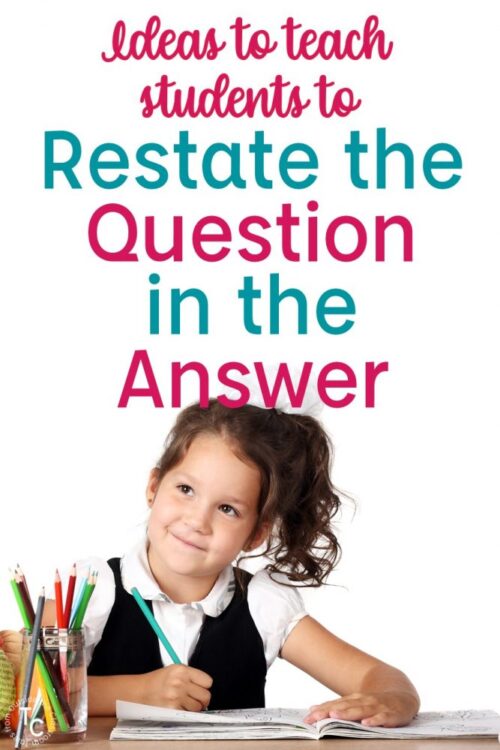
Newsletter Sign Up
Signup for my weekly-ish newsletter. I send out exclusive freebies, tips and strategies for your classroom, and more!
Please Read!
You have successfully joined our subscriber list. Please look in your e-mail and spam folder for Tales from Outside the Classroom. Often, the confirmation email gets overlooked and you're night signed up until you confirm!

Hi! I’m Tessa!
I’ve spent the last 15 years teaching in 1st, 2nd, and 3rd grades, and working beside elementary classrooms as an instructional coach and resource support. I’m passionate about math, literacy, and finding ways to make teachers’ days easier. I share from my experiences both in and out of the elementary classroom. Read more About Me.









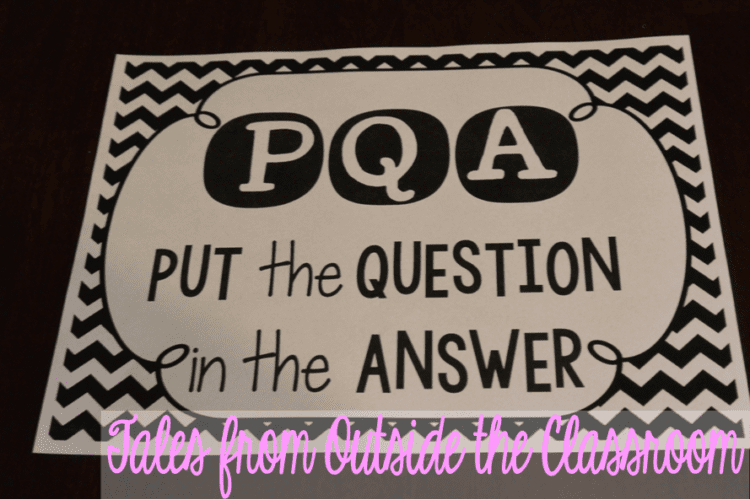
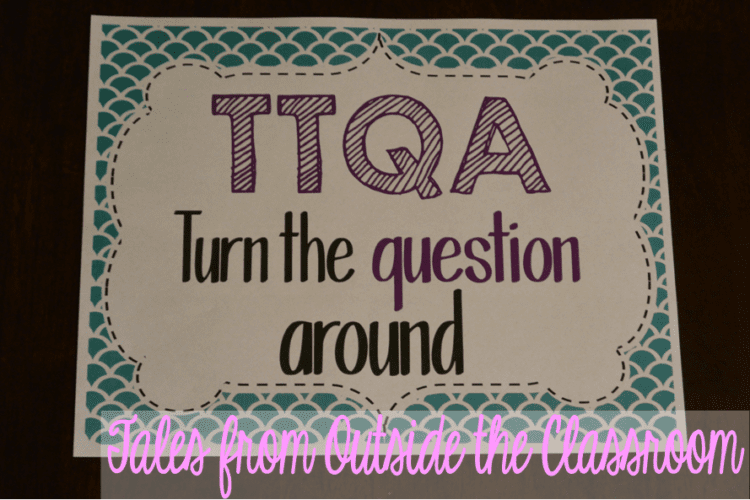
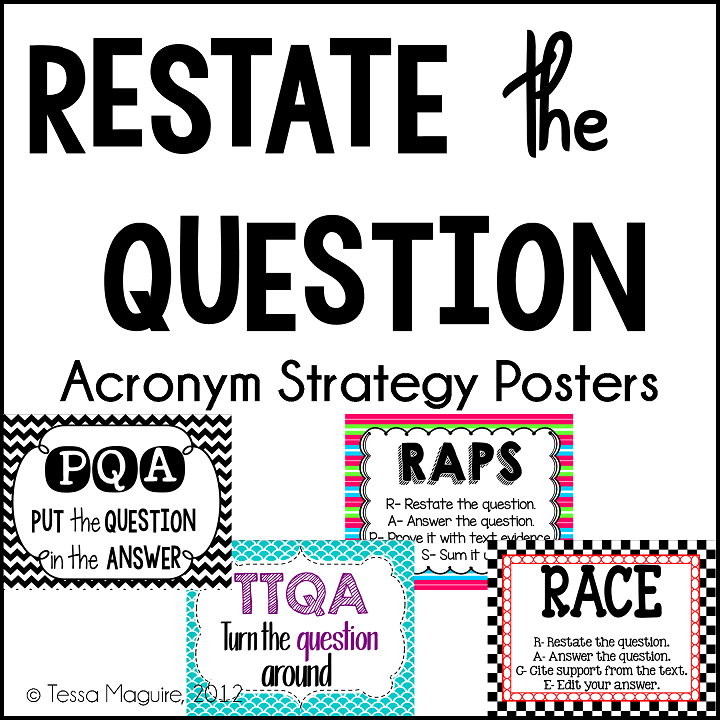
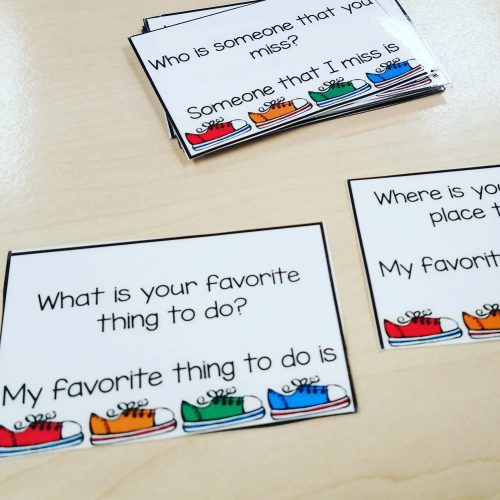
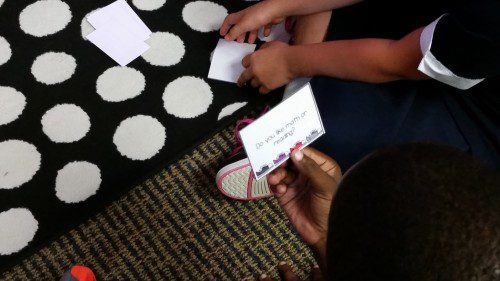
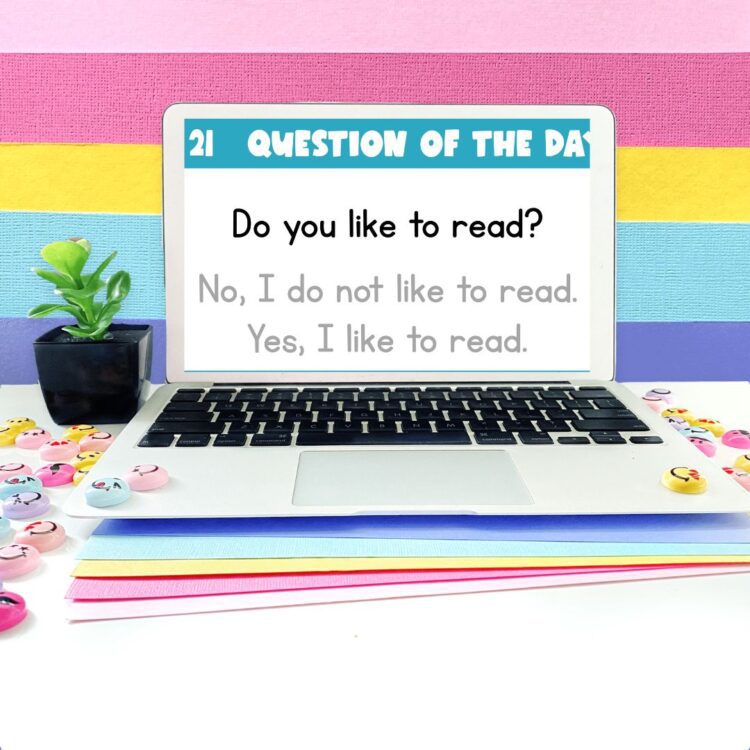
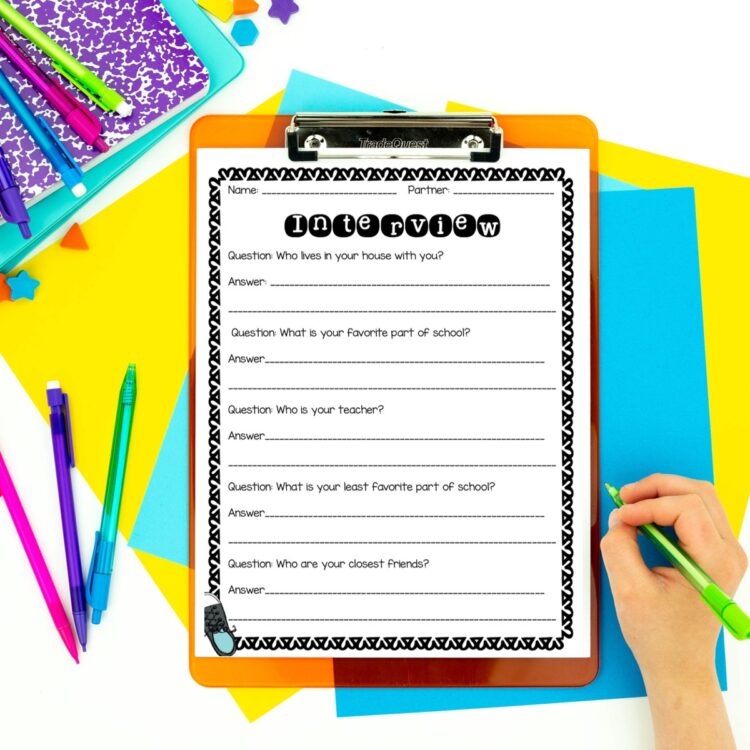
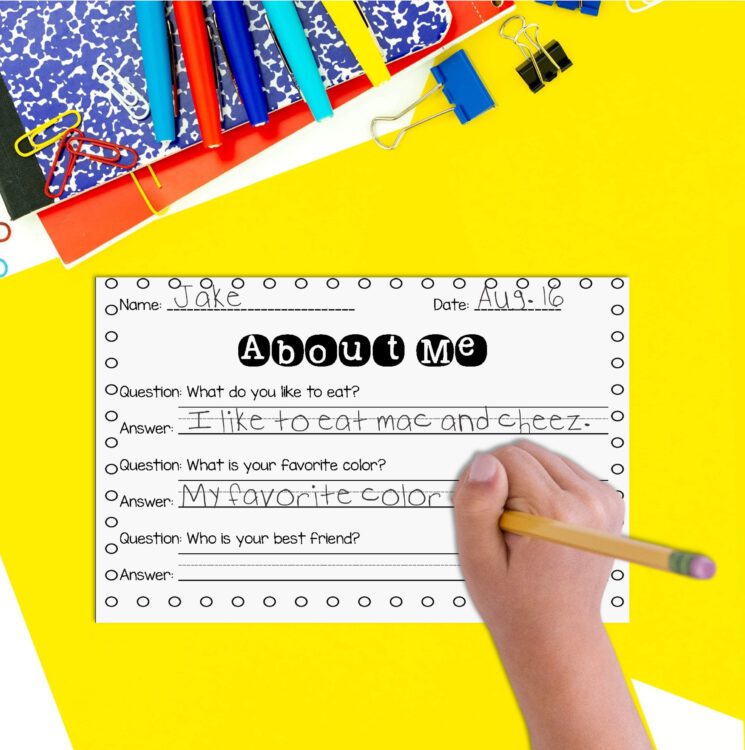
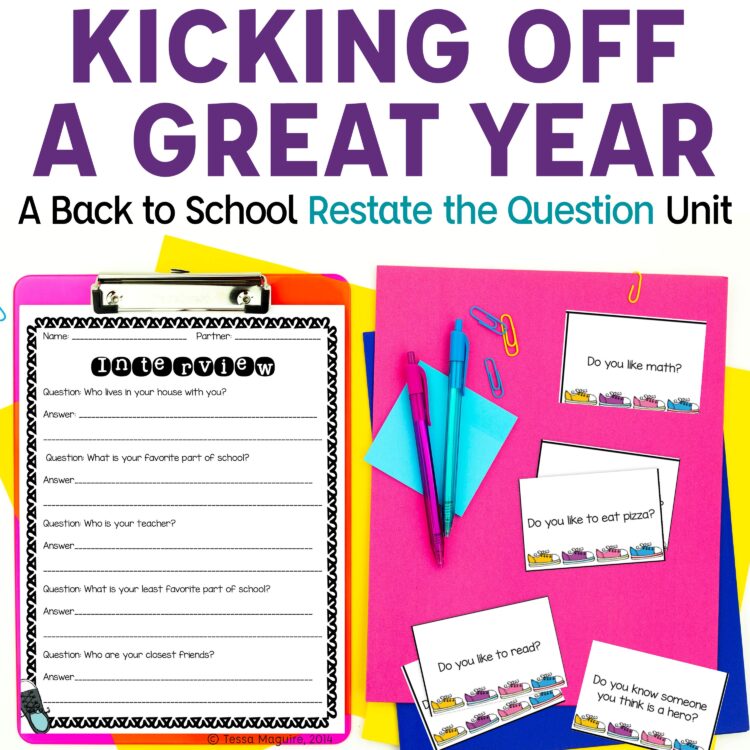
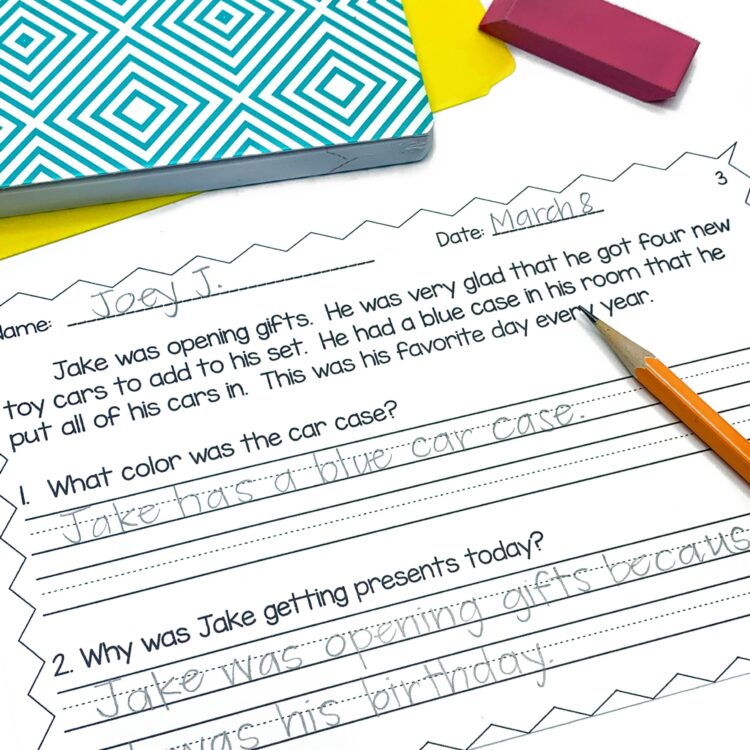
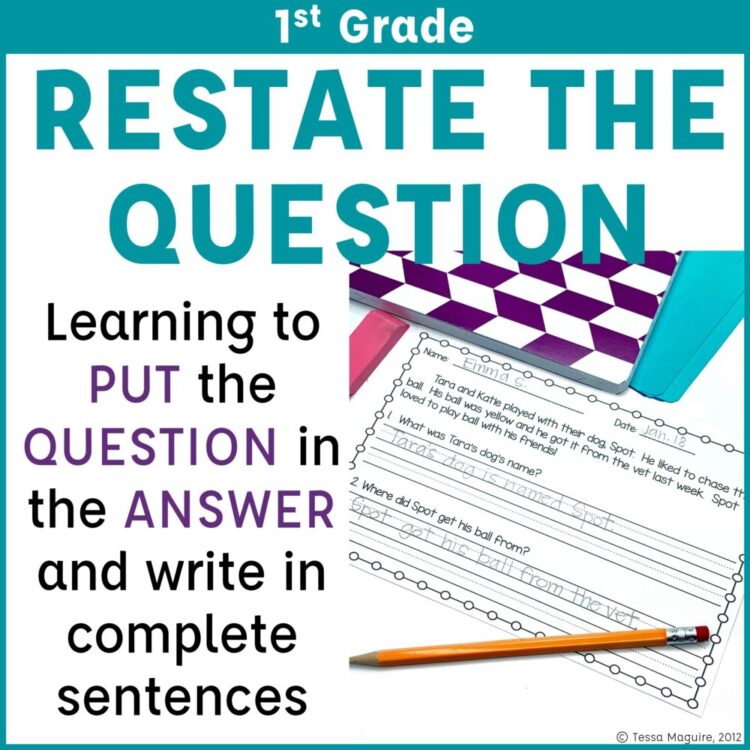

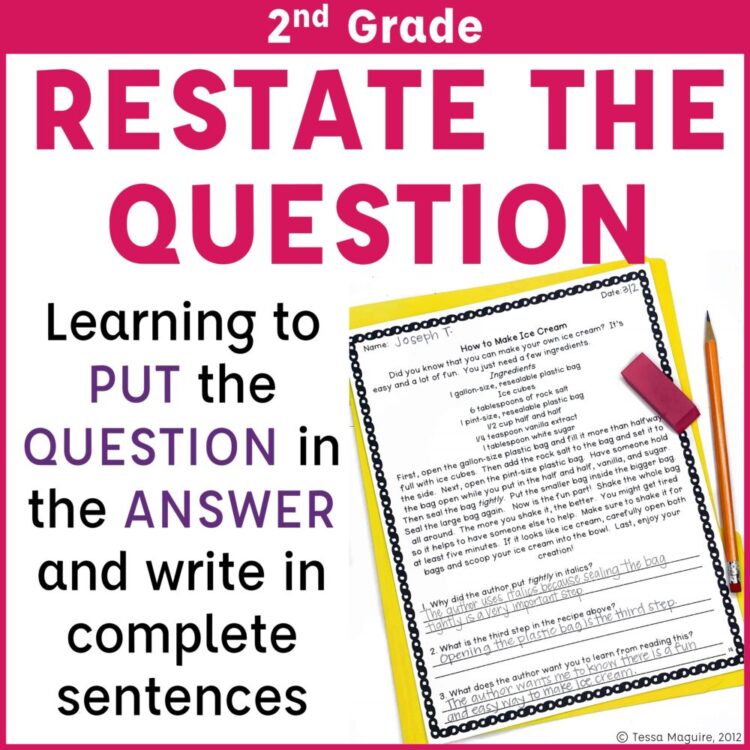
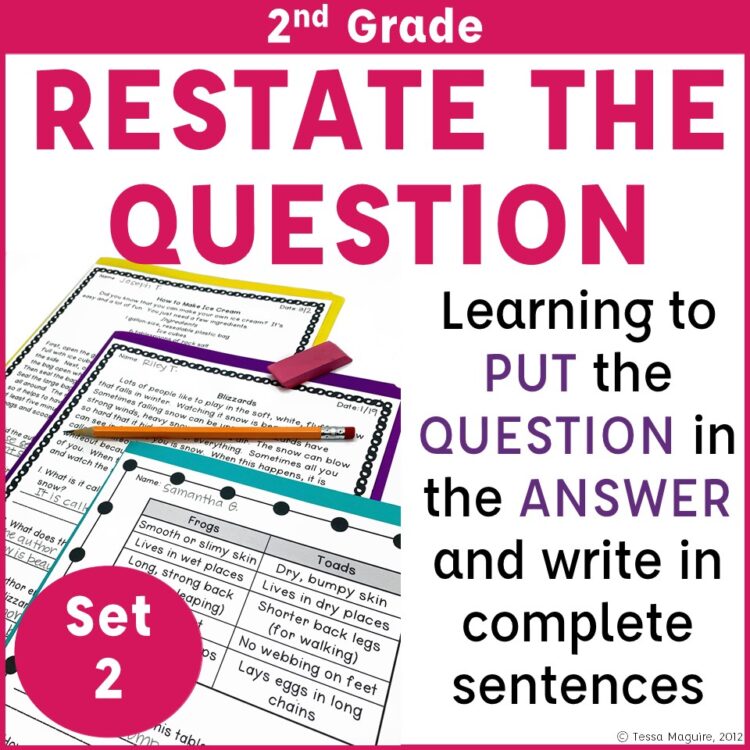


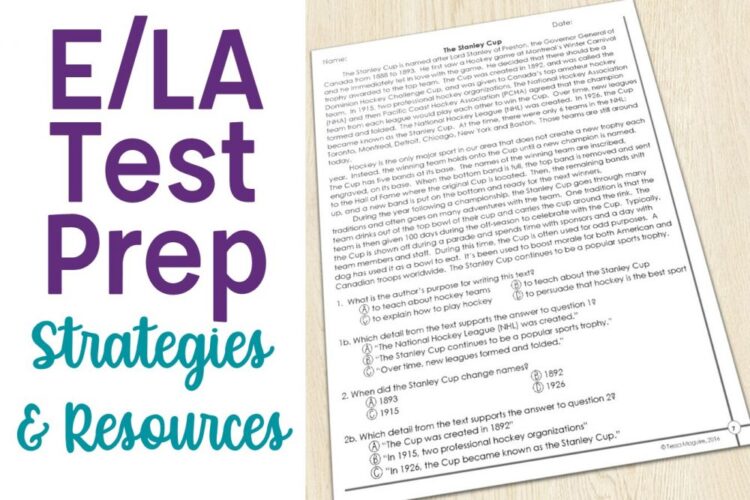
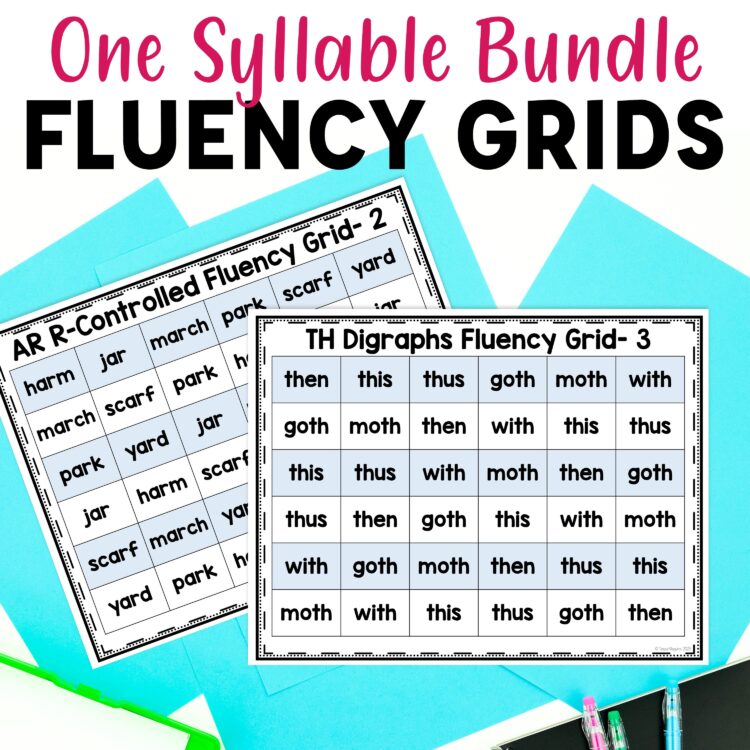
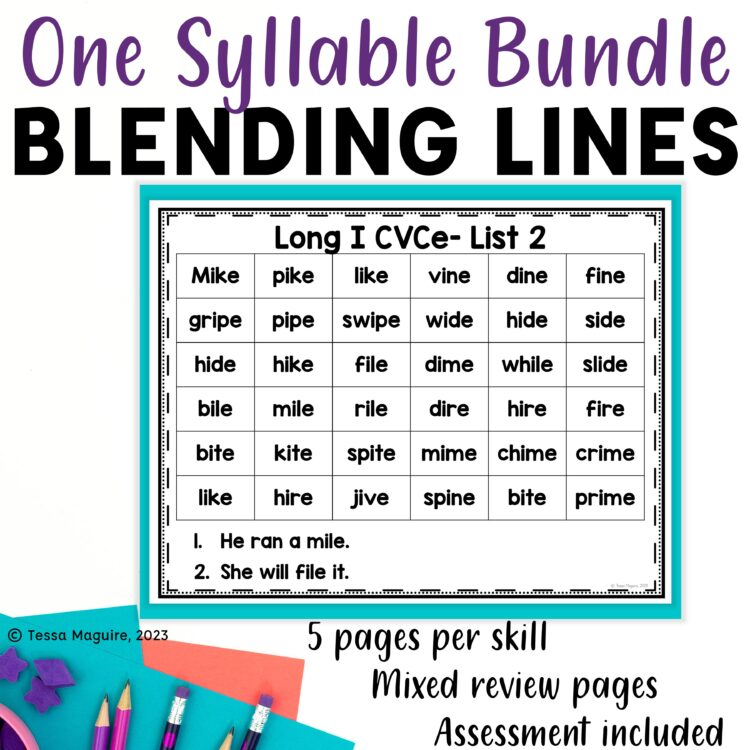
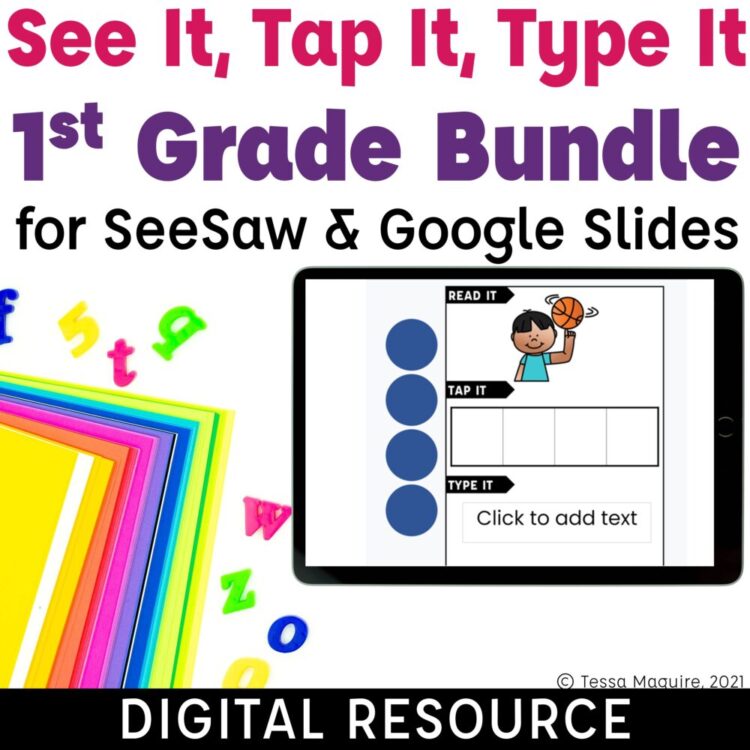
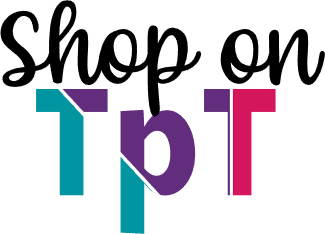
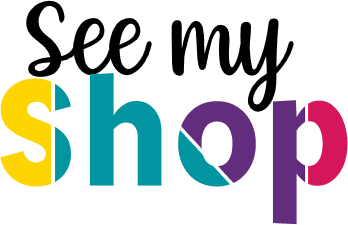

10 Comments
I do something very similar with my students. We call it TTQA (Turn That Question Around), and my very first mini-lesson on Day 1 is about this with lots of practice. It's amazing how much my middle schoolers still struggle with this.
This is a great post because I really understand why you do what you do and how your products help with the goal. I love the freebies as I had never heard of those. We use ROPE. I put your cards in my basket. Lots of fun!
I also start PQA from Day 1. I actually learned it from my children when they were in 2nd grade. I love the idea of interviews to introduce the concept. Your packet is an amazing resource.
I learned it from you!
Thank you for the free four pages and the great examples of how you use these. I started teaching my second graders this same skill last year, but it went a little over their heads. I love your idea of using it as a beginning of the year get-to-know-you activity combined with an academic lesson. Great scaffolding! 🙂
Thank you for the poster freebies. They are awesome – now to just decide which one to use.
Love your posters! Perfect for ELLs! Thanks!
Regina Paglia-Smoler